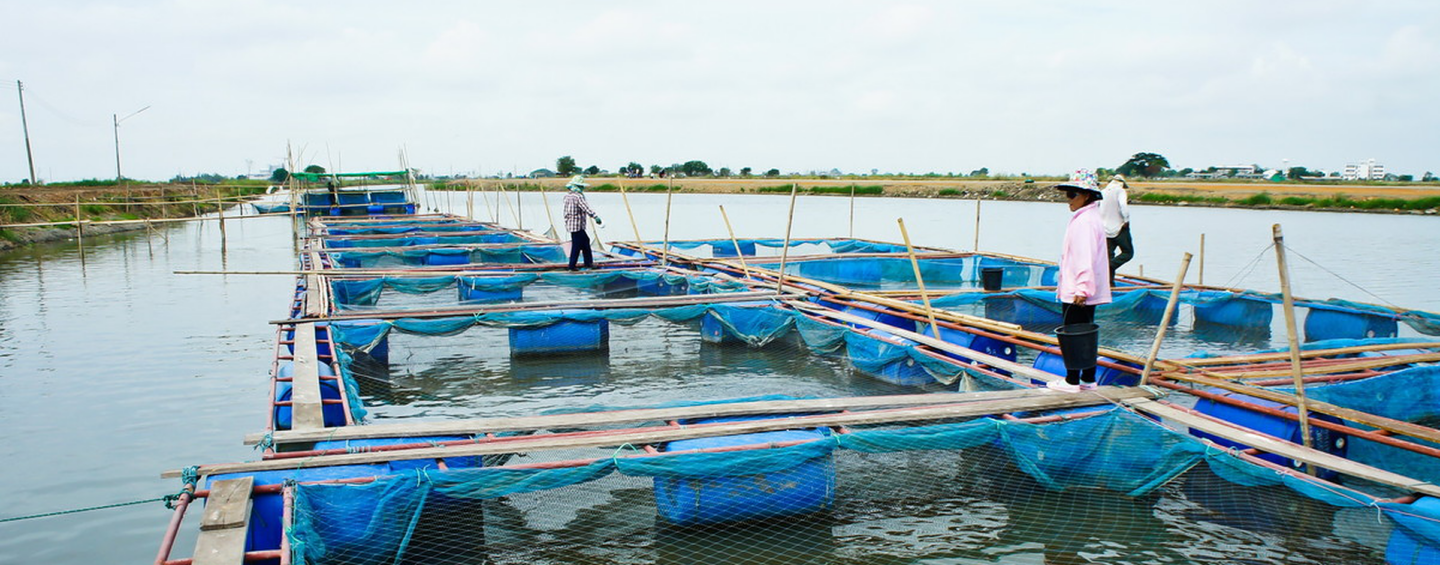I’m here to tell you all about a new project where a group of NGOs are working together to facilitate aquaculture improvements in an effort to accelerate sustainability of the industry.
I know, I know. Let me guess what you’re thinking: “Here we go again, with yet another attempt at this aquaculture alignment thing.”
I won’t lie. When I hear any combination of the words “aquaculture sustainability,” “improvement,” and “collaboration” in the same sentence, I have to consciously stop myself from rolling my eyes. Which is a bit surprising, since I’m a fierce advocate for aquaculture sustainability and truly do believe that we can do more good by working together.
But I’ve been doing this for 10 years. And I know that this isn’t the first time we (i.e., the sustainable seafood community) have tried to “align” our programs or create a “common vision” for aquaculture sustainability.
Been there, done that. So what are we doing now? Well, we are trying again, and here’s why.
Three things we have learned over the years
It’s been 10 years (give or take), and we haven’t figured it out yet. But we have learned a few things along the way:
- This work is evolving as we go, and that makes it hard. Commercial aquaculture is a relatively young industry, and it’s one of the fastest growing. This means we are learning as we go with aquaculture, especially when compared to wild fisheries. The science is less developed, and the sustainability benchmarks are far less established. We must be more nimble and responsive to the growing and evolving understanding of aquaculture and its impacts. And that can make sustainability and collaboration work more difficult.
- The various aquaculture certification and ratings programs are different. They differ in scope. They assess different things. They deploy different approaches to verify how seafood is being farmed. The Aquaculture Stewardship Council (ASC) certifies individual farms that use best practices. Monterey Bay Aquarium’s Seafood Watch (SFW) assesses the average environmental impact of aquaculture producers. Sustainable Fisheries Partnership (SFP) produces assessments of how an aquaculture industry is being managed in specific areas. These are different things, and we need to stop trying to make them the same.
- The differences in our programs are complementary, not competitive. Now this may be the most important lesson learned – and one we need to share widely. The differences in our programs are a strength, not a weakness. Together, they cover the various elements that are needed to effectively assess sustainability. We need to recognize the respective strengths of the different programs and communicate that clearly, so that we can do a better job of enabling more aquaculture to adopt better practices and become more sustainable. And, really, that’s what it’s all about: more aquaculture, operating more sustainably, everywhere.
Where we are going from here
With these lessons in hand, ASC, SFP, and SFW are trying again. We are exploring where we can better integrate our approaches and how we can better communicate about our respective program strengths, so that we can reduce costs for producers and provide clearer, more concise information to buyers, governments, producers, and consumers. This process involves three simple(ish) steps:
- The Standards and Data Mapping Study. Because all good projects start with a study, we completed an in-depth technical comparison of the three schemes to identify SFP and SFW requirements that could be used by ASC in its audit process, and ASC farm-level data points that could be used in SFP or SFW ratings assessments. This allowed us to understand opportunities for scheme-to-scheme coordination to improve the efficiency and scalability of assessments, mostly through data sharing.
- Pilot aquaculture improvement projects (AIPs).We are currently using the results of the study (step 1) to design new approaches to aquaculture improvement that will lead to better practices, both at and beyond the farm level. Testing how the various approaches actually come together in real farming areas will demonstrate to farmers, regulators, and buyers how these various tools add value. Pilot projects will be implemented in select regions of Indonesia and Vietnam to test this new approach.
- Trial, fail/succeed, learn, share, iterate. We are all realists working on this project, and we will be the first to admit that this is not a be-all, end-all solution. But it is a start. We have a team that is committed to trying, learning, and iterating as we go, and we look forward to sharing our successes and our failures with all of you.
This work is funded by a grant from the ISEAL Innovations Fund, which is supported by the Swiss State Secretariat for Economic Affairs (SECO).
For further information on this project, click here.

